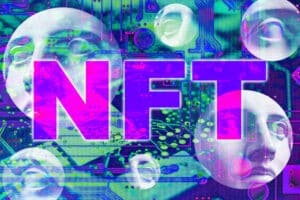
Market Prices Are on The Rise With no End in Sight Yet
It was clear from the conclusions of previous conversations that there was a lot of back and forth regarding how the ECB would formulate its new interest rate policy. However, there was little discussion on PEPP and QE in particular, and there were no meaningful clues about its near-term prospects. In contrast to the Federal Reserve, this was not the case.
As per Kansas City Fed Governor George, it’s time to start tightening monetary policy due to the market’s strength. Despite the fact that she highlighted Delta as a danger, the procedure should not be delayed. As a result, George believes there are “strong grounds” for accelerating the reduction process. Bullard from the St. Louis Fed joined her. In his opinion, inflation is indeed predicted, he said. As soon as the Fed starts trimming, they should conclude it by the end of 2022 first Quarter so that they have the choice of hiking interest rates later. The Jackson Hole Seminar is this week’s primary event. Previously, it was used to declare, or at the very least set the framework for a major change of direction.
Jackson Hole Meeting
The much-anticipated meeting was changed into a virtual one at the last minute due to the COVID-19 (Delta variant) outbreak in the US. Moreover, it underlines the difficult context in which the Fed must work as it tries to decrease extraordinary monetary policy assistance.
At this point, there are no indications that inflation will slow down anytime soon. There is a consensus among those who have attended the Fed’s most recent meetings that the symmetrical 2 percent objective has been attained to a sufficient degree. In terms of the labor market, there was more debate, although the very good July labor report probably swayed some more skeptics.
Moreover, alternative variables such as the unemployment to job vacancies ratio are just a hair away from approaching the historic highs witnessed in 2018/2019. The Quantitative Easing program has delivered more than its share to boost demand. In Powell’s address at 4pm today, the Fed should recognize this and at least lay the groundwork for downsizing.
Expectations and Possibilities
There is a high chance the precise timeline will not be disclosed until September 22. The $120 billion question therefore is: how much has the market undervalued? Shareholders should be fully aware of the adjustment pattern: firstly tapering, next rising. This can be seen in the 10-year US stock prices, which have risen 20 basis points from their record lows (-1.20%) since August.
For as long as the market is uncertain about Powell’s plan, (actual) rates might climb. If inflation expectations decline, real rates may be lowered. Also, the dollar has been gaining ground, maybe even more so than the US Treasury rates have. A structural comeback began when EUR/USD hit necessary support at 1.17 last week. If our basic scenario comes to fruition, that zone may be subjected to fresh pressure very rapidly. After a strong break lower, 1.1603/12 is within reach.




